当前位置:网站首页>Function recursion and solving interesting problems
Function recursion and solving interesting problems
2022-04-23 18:16:00 【JDSZGLLL】
Catalog
Print in normal numerical order
Recursive numeric sequential printing
Function recursion
The behavior of the function call itself is recursion . Can be called directly or indirectly , The essence is to turn a complex problem into a similar , Smaller problems . That is what we often call making big things small , It's trivial , It's an idea of dividing and ruling problems . One of the most important values of recursion is that it can reduce the amount of code , It can really improve the efficiency of development , But its disadvantages are also obvious , Let's use examples to explain the advantages and disadvantages of function recursion .
Print in normal numerical order
Suppose we enter a number , Want to print each bit of it in order .
Such as input :123
Output :1 2 3
Let's do it iteratively , Our basic idea is to input the number 123%10 Get a number in bits , Print , And then a/10 The value is assigned to a.
The code is as follows
#include<stdio.h>
void print()
{
int a = 0;
int i = 0;
scanf("%d", &a);
do
{
printf("%d ", a % 10);
a = a / 10;
} while (a !=0);
}
int main()
{
print();
return 0;
}Input :1234
But the output is :4 3 2 1
This is obviously not what we want !
Next, let's modify the function
void print()
{
int a = 0;
int i = 0;
int arr[10] = { 0 };
int count = 0;
scanf("%d", &a);
do
{
arr[count]=a % 10;
a = a / 10;
count++;
} while (a !=0);
for (i = 0;i < count;i++)
{
printf("%d ", arr[count-1-i]);
}
}
int main()
{
print();
return 0;
}Input :1234
Output :1 2 3 4
Results in line with expectations , But we used two cycles , Created a new array , This greatly increases the amount of code , And the logic becomes complicated .
Recursive numeric sequential printing
Is there a better solution , Next, we will introduce the method of array .
The main idea is to split the problem , We're not going to print with functions 1234 Do you ? in other words :
print(1234) The output is zero 1 2 3 4 Let's split it up
Split into print(123) and 4
Remodel print(12) and 3 4
print(1) and 2 3 4
We can adjust the function and printf To set the order of printing .
The procedure is as follows
void print(int x)
{
if (x <= 9)
printf("%d ", x);
else
{
print(x / 10);
printf("%d ", x % 10);
}
}
int main()
{
int a = 0;
scanf("%d", &a);
print(a);
return 0;
}Diagram of recursive process

Very compact code , It can be seen that for function recursion, we must have a restriction to limit the number of recursions , And every time you call recursion, you have to be closer to the constraints . In code x<=9 Is the limitation of recursion , When calling a recursive function x/10 Bring closer to the constraints .
Fibonacci series question
1 1 2 3 5 8 13 21 34 ...
This sequence starts at number one 3 A start , Each of these terms is equal to the sum of the first two terms . Fibonacci sequence can help us better understand the defects of recursion .
Each term is equal to the sum of the first two terms , in other words Fibonacci(n)=Fibonacci(n-1)+Fibonacci(n-2).
int fibonacci(int n)
{
if (n <= 2)
return 1;
else
return fibonacci(n-1)+fibonacci(n-2);
}
int main()
{
int n = 0;
scanf("%d", &n);
printf("%d ", fibonacci(n));
return 0;
}The code is as shown in the figure , But when n Reach a larger value , for instance 50 when , Stack overflow . Why is that ?
From the code, we can see that every time we enter a function, we recurse twice , At this time, the number of calls to the function increases by a geometric multiple , Almost want to use 2^n Secondary function , It's terrible .
Use iteration at this time , The calculation speed is obviously improved .
int fibonacci(int n)
{
int i = 0;
int a = 1;
int b = 1;
int c = 1;
for (i = 0;i < n - 2;i++)
{
a = b;
b = c;
c = a + b;
}
return c;
}
int main()
{
int n = 0;
scanf("%d", &n);
printf("%d ", fibonacci(n));
return 0;
}Be careful when using recursion .
The hanotta problem
It's said that in the ancient temple of India , There is one called the Hanoi Tower (Hanoi) The game of . The game is on a copper device , There are three rods ( Number A、B、C), stay A From the bottom up 、 Place in order from large to small 64 A gold plate . The goal of the game : hold A All the gold plates on the pole are moved to C On the pole , And still keep the original order . Operating rules : Only one plate can be moved at a time , And keep the big plate down all the time during the moving process , Small in , The plate can be placed during the operation A、B、C On any pole .

Because the rule is that the market must be under , We are going to put A All the trays on the are transported to C, What must be done is to A The bottom disk is reserved , Transport the above inventory to B, Then move the largest plate to C.
hold A All the trays except the lowest ones are transported to B disc , Is it very similar to the original question , It's just that the largest tray is less transported , Then we can split the problem .
For example, we have to carry 7 A plate , Want to know the minimum handling times . Moving seven times is equal to moving two six times plus one .
hanoi(n)=2*hanoi(n-1)+1;
int hanoi(int n)
{
if (n == 1)
return 1;
else
return 2 * hanoi(n - 1) + 1;
}
int main()
{
int n = 0;
scanf("%d", &n);
printf("%d ", hanoi(n));
return 0;
}This is the end of knowledge sharing , Like my little friend , Like it 、 Comment on 、 Pay more attention to , I'll try to update it .
版权声明
本文为[JDSZGLLL]所创,转载请带上原文链接,感谢
https://yzsam.com/2022/04/202204231812560019.html
边栏推荐
- How to install jsonpath package
- Docker 安装 MySQL
- Using transmittablethreadlocal to realize parameter cross thread transmission
- Closure type of rust (difference between FN, fnmut and fnone)
- Array rotation
- 【ACM】509. 斐波那契数(dp五部曲)
- Crack sliding verification code
- 【ACM】376. 摆动序列
- Vulnérabilité d'exécution de la commande de fond du panneau de commande JD - freefuck
- Qt读写XML文件(含源码+注释)
猜你喜欢
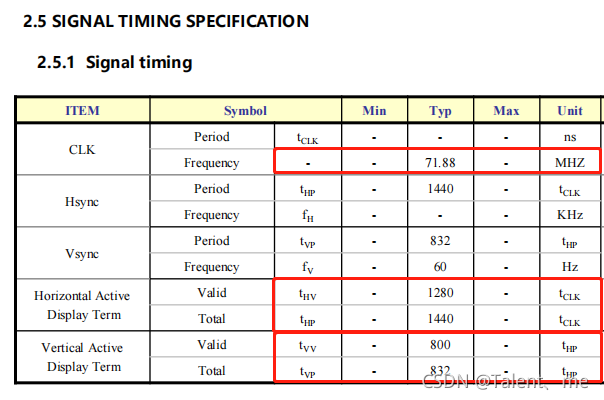
Imx6 debugging LVDS screen technical notes
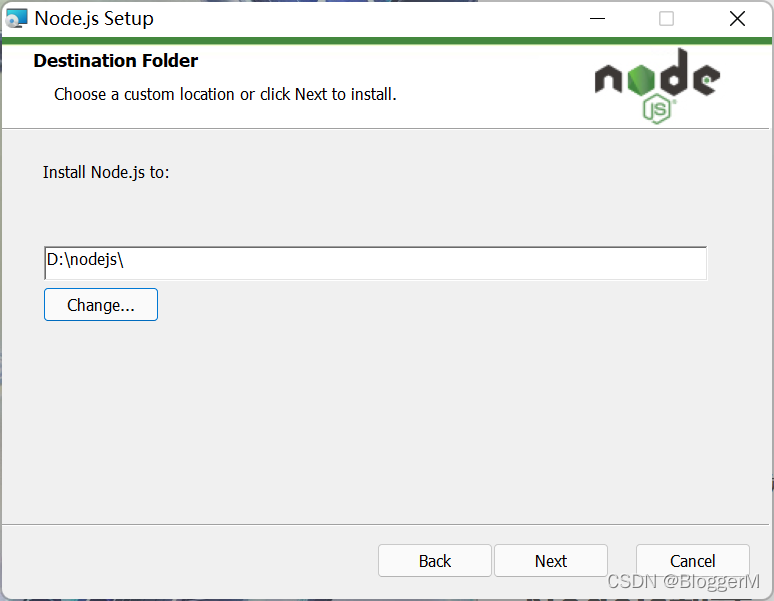
Nodejs安装
![[UDS unified diagnostic service] (Supplement) v. detailed explanation of ECU bootloader development points (2)](/img/91/3272d5ad04cd1d8476c739546f4356.png)
[UDS unified diagnostic service] (Supplement) v. detailed explanation of ECU bootloader development points (2)
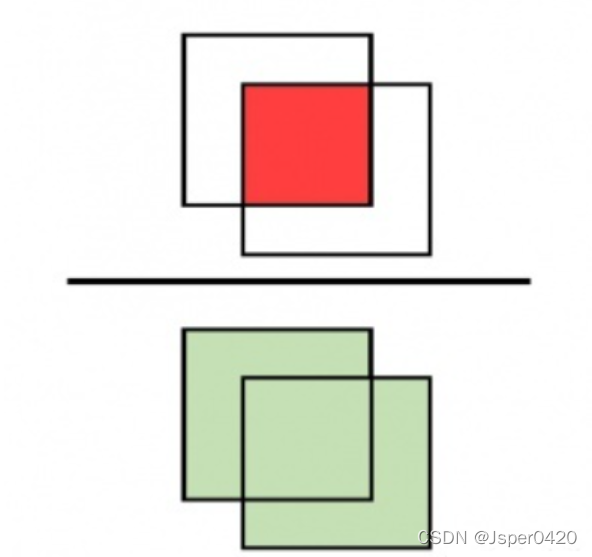
深度学习经典网络解析目标检测篇(一):R-CNN

How to install jsonpath package
![[UDS unified diagnostic service] (Supplement) v. detailed explanation of ECU bootloader development points (1)](/img/74/bb173ca53d62304908ca80d3e96939.png)
[UDS unified diagnostic service] (Supplement) v. detailed explanation of ECU bootloader development points (1)
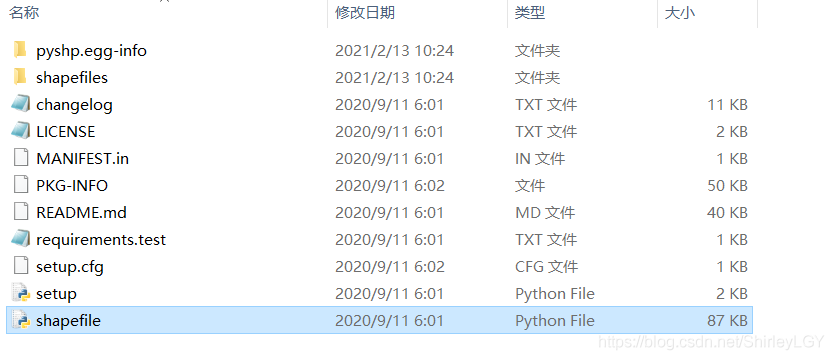
Install pyshp Library

powerdesigner各种字体设置;preview字体设置;sql字体设置

PowerDesigner various font settings; Preview font setting; SQL font settings
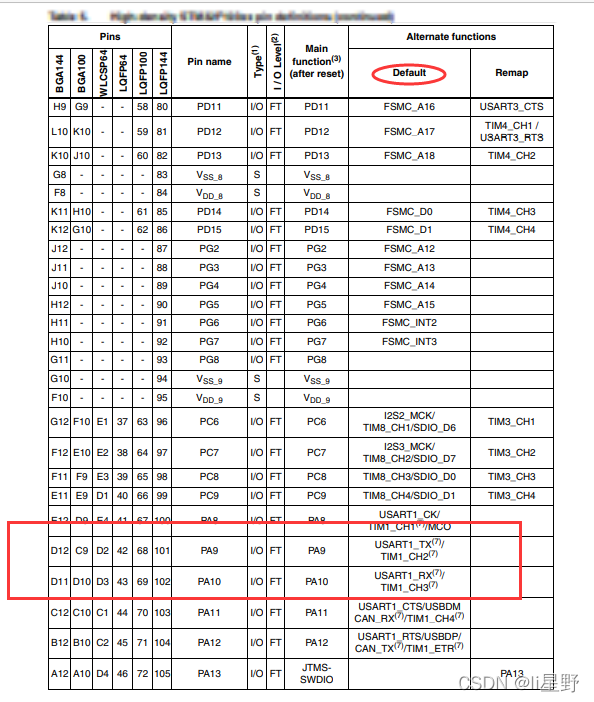
STM32 learning record 0008 - GPIO things 1
随机推荐
Differences between SSD hard disk SATA interface and m.2 interface (detailed summary)
Svn simple operation command
Rust: how to match a string?
硬核解析Promise对象(这七个必会的常用API和七个关键问题你都了解吗?)
Imx6 debugging LVDS screen technical notes
Notepad + + replaces tabs with spaces
How to restore MySQL database after win10 system is reinstalled (mysql-8.0.26-winx64. Zip)
How to ensure the security of futures accounts online?
7-21 wrong questions involve knowledge points.
Using transmittablethreadlocal to realize parameter cross thread transmission
Analysez l'objet promise avec le noyau dur (Connaissez - vous les sept API communes obligatoires et les sept questions clés?)
Robocode tutorial 7 - Radar locking
Re expression régulière
Cutting permission of logrotate file
What are the relationships and differences between threads and processes
Batch export ArcGIS attribute table
ArcGIS table to excel exceeds the upper limit, conversion failed
Gobang game based on pyGame Library
Crawl the product data of cicada mother data platform
Solution to Chinese garbled code after reg file is imported into the registry